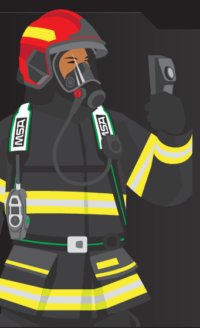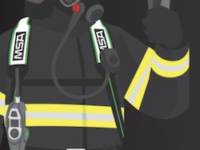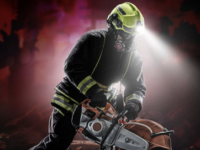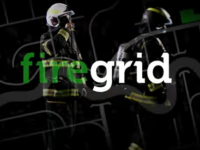Firefighting today is much different that it was not too long ago. Today, more than 90% of calls are for emergencies other than structural fires. Training and safety tactics have been the staple of preparing for a mayday, but that traditional approach is rooted in the assumption that Incident Command is set up and able to dictate direction in the critical time, voice communications are clear, and the dedicated RIT team will take action. We shouldn’t abide by those assumptions anymore. Today, this is the reality:
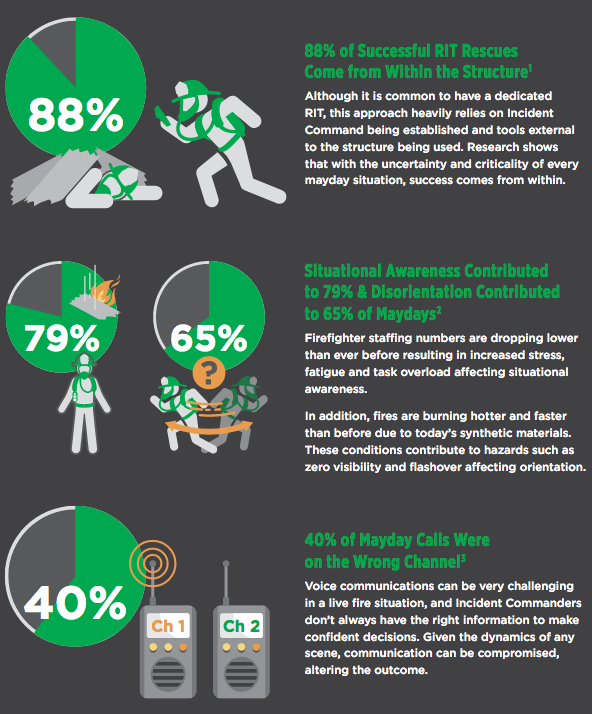
MSA’s LUNAR’s exclusive Firefighting Assisting Search Technology (F.A.S.T.) helps aid in search and rescue to address these problems and meet current needs, enabling the following guidance:
- Real-time Notification: When another LUNAR goes into alarm – whether motion, manual, or hardware – other LUNAR devices on-scene receive a notification. Because this notification comes through the LUNAR-to-LUNAR network, it is independent of radio communication, Incident Command, or cell reception.
- Information: The alarm notification also reveals who is in alarm and which type of alarm was triggered – which can help to determine which resources may be needed for a rescue.
- Distance: As a searcher moves closer to the downed firefighter, LUNAR displays distance as more than 90 ft. (30 m) away, within 90 ft, within 60 ft. (20 m) or less than 30 ft. (10 m) away on the bottom left of the screen.
- Direction: Directional feedback is shown while the LUNAR is pointed in a specific direction. As the LUNAR is pointed in the direction closest to the LUNAR in alarm, the percentage indicator in the center of the screen increases from 0 -100%. As the searcher checks from side-to-side or up-and-down, the color of the directional indicator changes from dark blue to light blue as the signal strength increases. The text also updates to indicate the signal strength.

